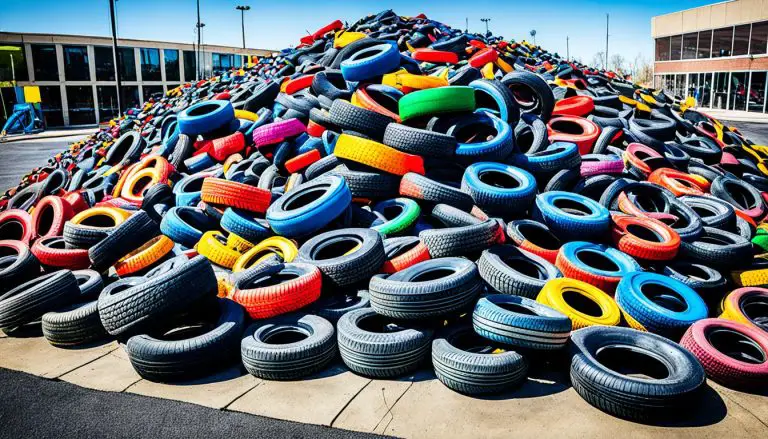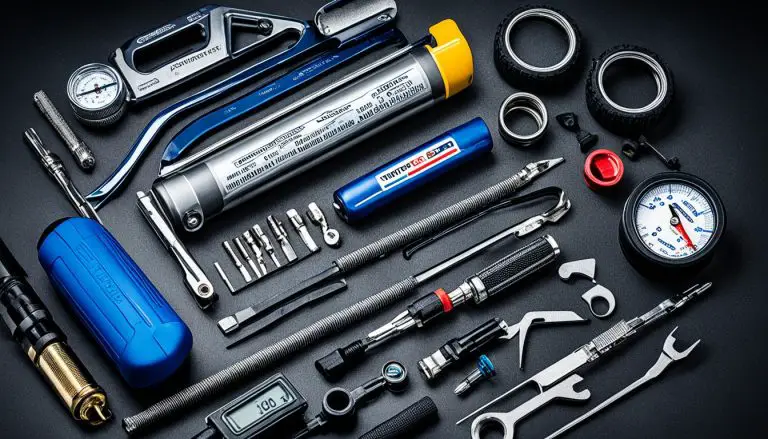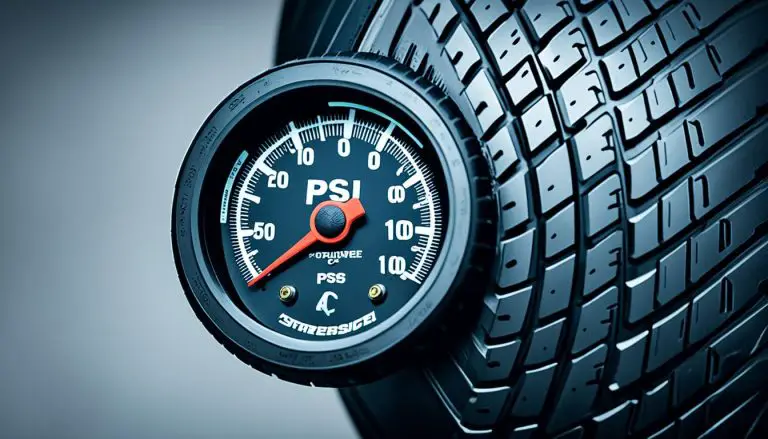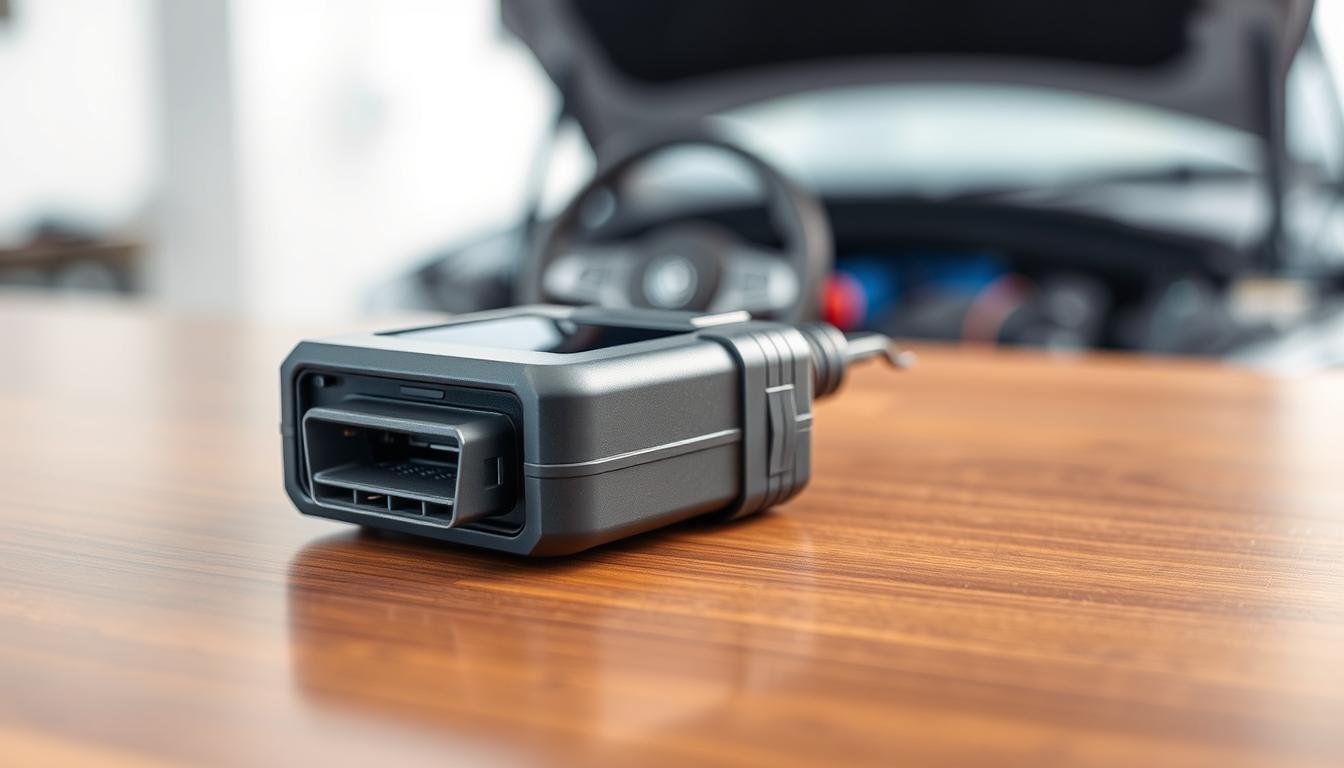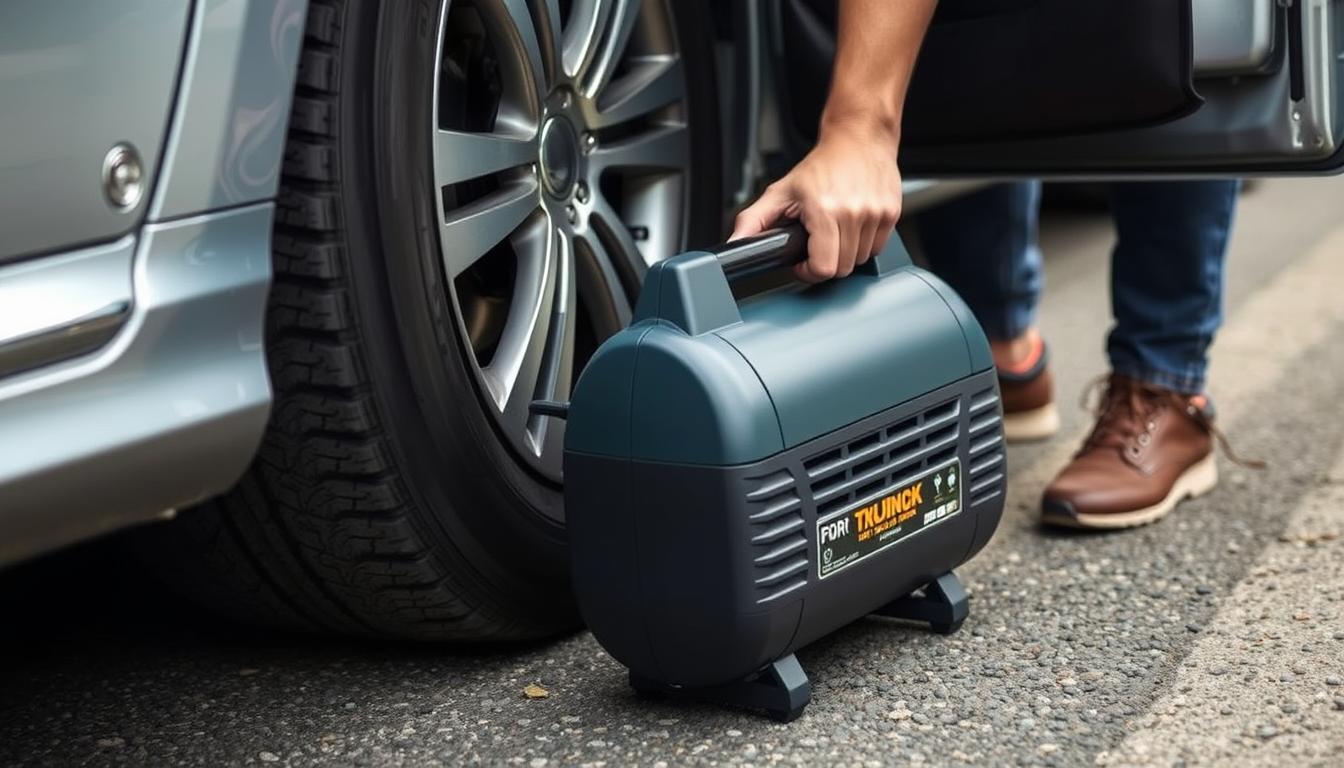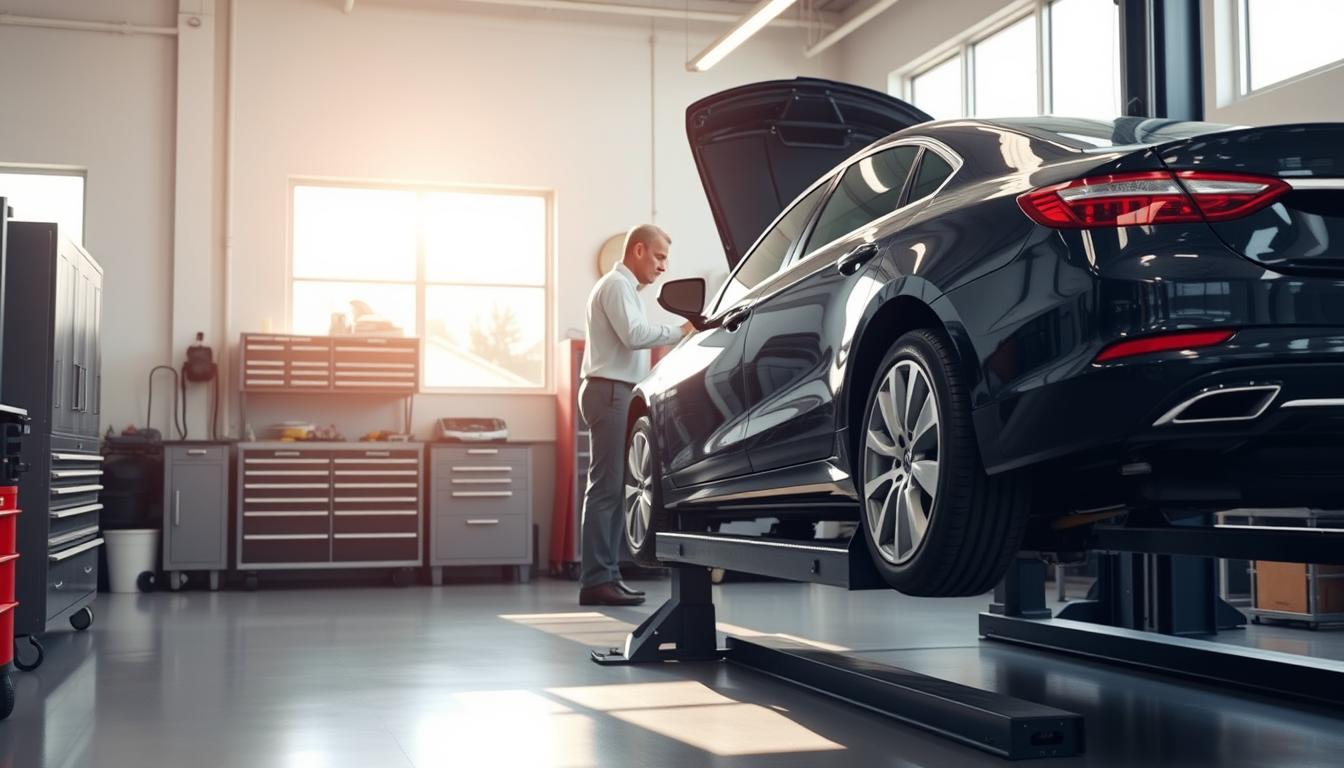
Keeping your vehicle in top shape doesn’t have to be a chore. We believe that a little planning goes a long way. Following a simple plan for your automobile’s care is the smartest way to ensure it runs smoothly for years to come.
This organized approach saves you money, time, and stress down the road. It helps prevent major problems before they start. Your ride will also operate at its best fuel efficiency, which is better for your wallet and the environment.
We’ll show you what these routines involve, and they’re simpler than you might think. Staying on top of your vehicle’s needs prevents those unexpected breakdowns that always happen at the worst time. Plus, regular upkeep protects your investment and keeps its value high when you decide to sell.
Our goal is to help you take control of your automobile’s health with confidence. Let’s explore the practical steps you can take starting today to make caring for your vehicle truly hassle-free.
Key Takeaways
- A planned approach to vehicle care prevents costly repairs and keeps your automobile running efficiently.
- Sticking to a routine saves you significant money and stress in the long run.
- Regular upkeep helps avoid unexpected and inconvenient breakdowns.
- Maintaining a detailed history of your vehicle’s care boosts its resale value.
- Understanding what your automobile needs is simpler than it seems.
- Taking proactive steps today ensures your investment is protected for the future.
Understanding the Importance of Vehicle Maintenance
A well-cared-for automobile provides reliability that pays dividends in both daily driving and long-term value. We believe understanding this connection empowers you to make smarter choices about your automobile’s care.
Why Regular Maintenance Matters
Following a consistent automobile care plan helps prevent major problems before they occur. Small issues caught early save you from expensive repairs down the road.
Your automobile operates at peak fuel efficiency when properly maintained. This means better gas mileage and fewer emissions. You’ll notice the difference in your wallet and the environment.
Benefits for Resale Value and Efficiency
A documented history of proper care significantly boosts your automobile’s resale value. Buyers feel confident when they see complete records of attentive upkeep.
Various components on your automobile wear out over time. Regular monitoring extends their life and keeps your driving experience smooth. This proactive approach means fewer surprises and more peace of mind.
Implementing Your Scheduled Maintenance Car Routine
Building an effective care strategy for your ride involves creating a system that fits your lifestyle and driving patterns. We believe the best approach starts with understanding your specific needs.
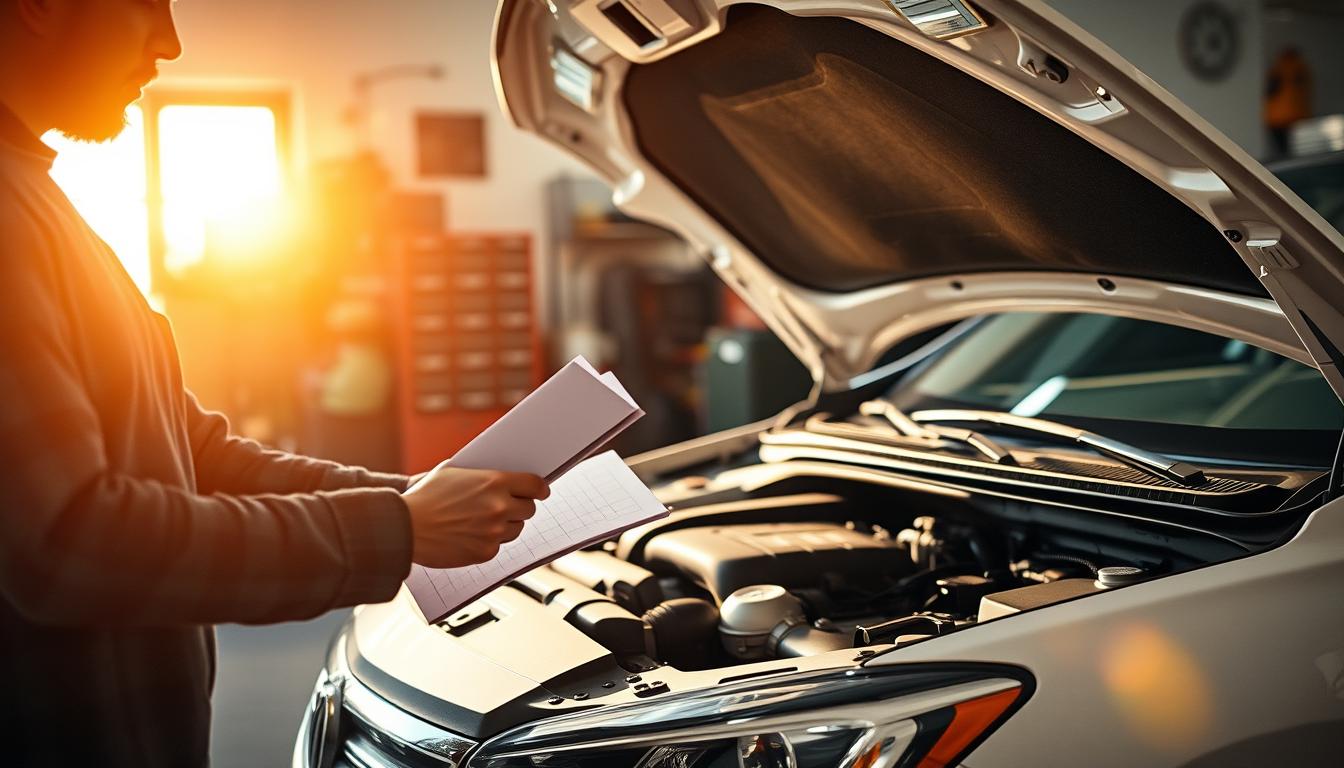
Creating a Customized Maintenance Checklist
Your owner manual is your most valuable resource. It contains the exact maintenance schedule recommended by your manufacturer. This guidance varies between different models.
Many auto makers follow a 30-60-90 framework. This means specific items need attention at these mileage milestones. However, your vehicle’s specific schedule may differ.
We help you build a personalized checklist that accounts for your unique driving conditions. City commuting versus highway driving affects your auto differently. Your plan should reflect this.
Tools and Resources to Stay on Track
Digital tools make following your maintenance schedule effortless. Apps like MyFirestone send reminders when service time approaches. They also help track appointments and records.
Setting up a simple tracking system keeps everything organized. You’ll have peace of mind knowing all service history is in one place. This organization makes upkeep second nature.
These resources ensure you never miss important milestones. They transform routine care from a chore into a seamless habit that protects your investment.
Routine Maintenance Tasks and Essential Checks
Understanding the fundamental tasks that keep your ride running smoothly empowers you as an owner. We believe knowing what to watch for makes routine care feel manageable rather than overwhelming.
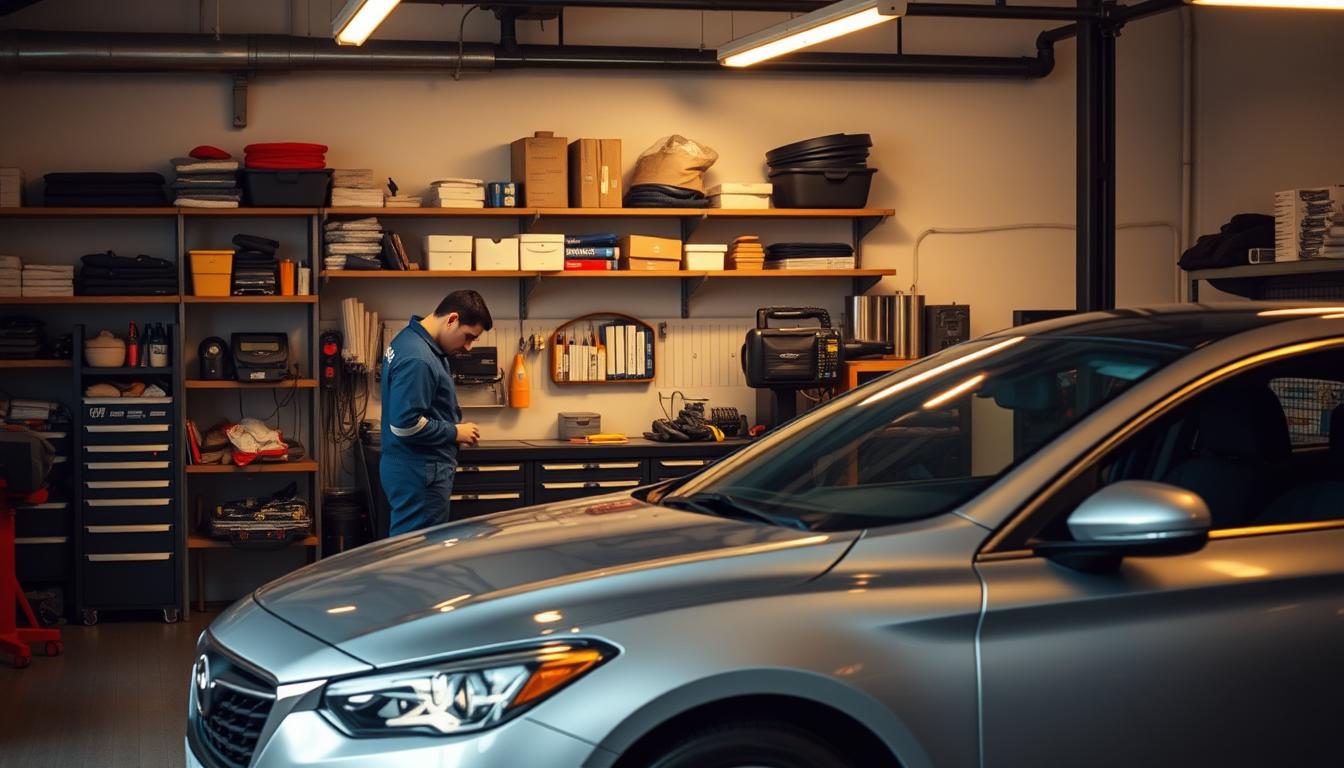
Oil, Filter, and Fluid Replacements
Regular oil changes are the lifeblood of your engine’s health. Modern synthetic motor oil typically lasts 5,000 to 10,000 miles between changes. This is a big improvement from the old 3,000-mile rule.
Always replace your oil filter with each oil change. This small part traps harmful particles that cause engine wear. Don’t forget other essential fluids like brake fluid that keep your systems working properly.
Tire Rotation, Brake Pads, and Air Filter Inspections
Rotate your tires every 6,000 to 8,000 miles for even wear. This simple step extends tread life significantly. Many people combine tire rotation with their regular oil changes to save time.
Listen for squeaking sounds from your brakes—this often means pads need replacement. A clean air filter helps your engine breathe better and perform efficiently. Check it every 15,000 to 30,000 miles.
Windshield wiper blades should be replaced every 6-12 months. These small items make a big difference in safety during poor weather conditions.
Mileage Milestones and Timely Inspections
Think of your vehicle’s mileage as a roadmap for proactive care, with specific checkpoints ensuring a smooth journey. We help you understand what to expect at each major interval. This knowledge prevents small issues from becoming expensive repairs.

Maintenance Milestones Before 30,000 Miles
The early miles focus on foundational care. Your air filter needs changing every 15,000 to 30,000 miles. This keeps your engine breathing clean air for optimal performance.
A fuel filter inspection or replacement might be needed around 30,000 miles. This protects your fuel system from contaminants. These simple steps lay the groundwork for long-term engine health.
Mid-Range Checks at 60,000 Miles
Reaching 60,000 miles is a significant checkpoint. This is the time for a coolant flush and replacing your spark plugs. Your brake fluid should also be changed to keep your braking system responsive.
Inspecting belts, hoses, and tires is crucial now. Worn parts can lead to bigger problems. Addressing them here maintains your vehicle’s reliability and safety.
Advanced Care at 90,000 Miles and Beyond
As you approach 90,000 miles, focus shifts to major components. The timing belt is a critical item. Replacing it preemptively prevents catastrophic engine damage.
This is also the time to check the power steering fluid and all rubber hoses. Aging can cause cracks and leaks. Staying ahead of these items keeps your driving experience smooth and secure for many more miles.
Optimizing Your Maintenance Schedule for Long-Term Vehicle Health
Long-term vehicle health depends on adapting your care routine to your specific driving patterns and conditions. We help you move beyond basic checklists to create a personalized plan that protects your investment.
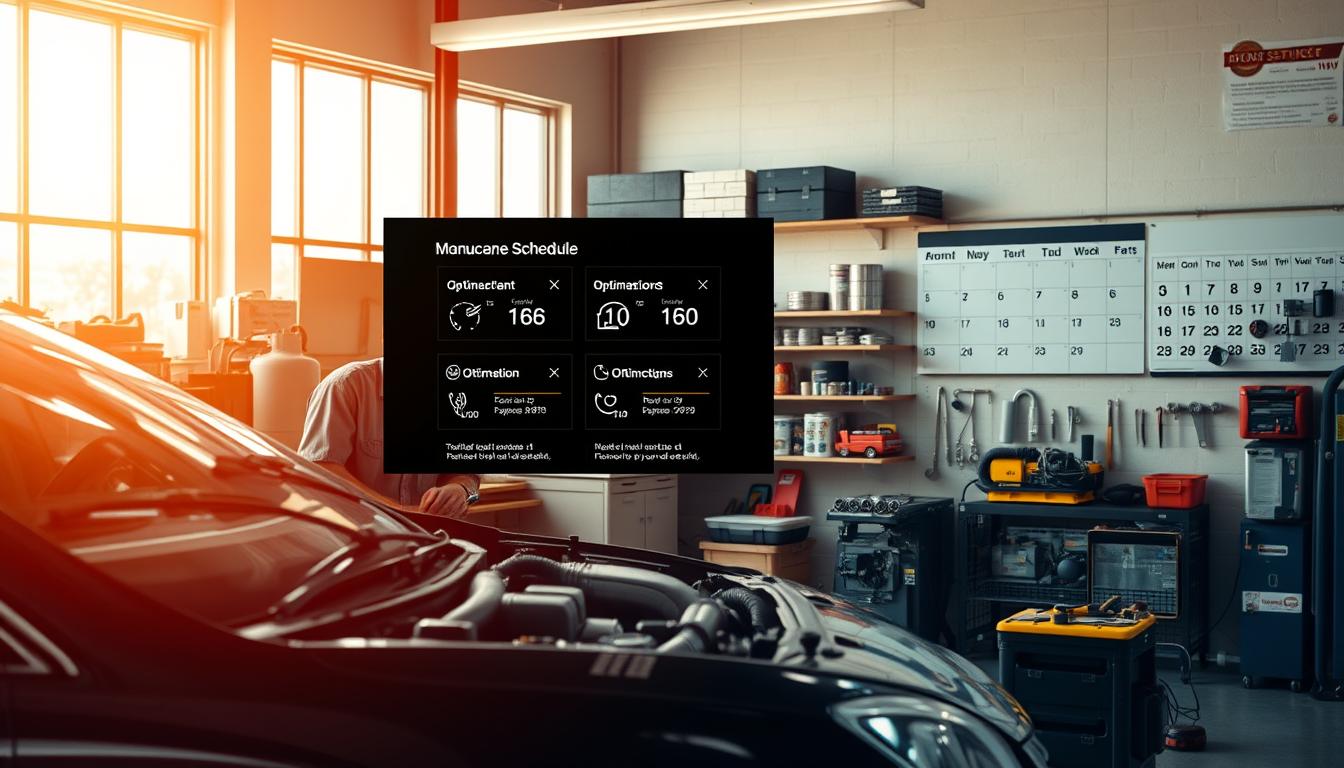
Your driving habits significantly impact how often certain parts need attention. City driving with frequent stops wears components faster than highway miles. Vehicles used for towing require more frequent fluid changes.
Preventative Measures for Engine and Transmission
Monitoring transmission fluid regularly prevents major problems. Low levels cause poor lubrication and shifting issues. Healthy fluid appears pink with a sweet smell, while burnt fluid turns dark with an unpleasant odor.
Manual transmissions typically need fluid changes between 30,000-60,000 miles. Automatic systems can last much longer. Always consult your manufacturer’s recommendations for specific intervals.
Inspection of Batteries, Hoses, and Belts
As rubber components age, they develop cracks that can lead to leaks. Hoses carrying coolant and power steering fluid need regular checks. This becomes especially important as your auto approaches higher mileage.
Simple visual inspections can catch wear before it causes breakdowns. Look for cracks, bulges, or soft spots in hoses. Check belts for fraying or glazing that indicates replacement time.
| Fluid Condition | Appearance | Action Needed |
|---|---|---|
| Healthy | Pink, clear, sweet smell | Continue regular monitoring |
| Warning | Dark red, slight burnt odor | Schedule inspection soon |
| Critical | Brown, strong burnt smell | Immediate service required |
Investing time in these simple checks saves significantly compared to waiting for parts to fail. Your proactive approach keeps your vehicle running smoothly for years to come.
Conclusion
The path to a reliable, long-lasting vehicle begins with consistent attention to its changing needs over time. We’ve shown you that following a simple care plan is truly the key to automotive health.
With proper attention, your automobile can easily surpass 200,000 miles and continue running smoothly. The small investment of time and money in regular upkeep pays enormous dividends by preventing costly repairs.
You now have all the knowledge needed to take control with confidence. Start tracking those important mileage milestones today. Being diligent and observant about your vehicle’s needs leads to safer, more economical driving for years to come.
Your commitment to proactive care ensures worry-free journeys ahead. Drive safely and enjoy the peace of mind that comes with a well-maintained automobile.
FAQ
How often should I really change my oil?
We recommend following your vehicle’s owner manual rather than the old 3,000-mile rule. Most modern cars with synthetic motor oil can go 6,000 to 8,000 miles between oil changes. Your driving habits also play a big role in this interval.
What does a typical 30,000-mile service include?
At this mileage milestone, essential checks often include replacing the engine air filter and cabin air filter, inspecting brake pads and rotors, rotating tires, and checking all vital fluids like brake fluid and coolant. This helps keep your vehicle running smoothly and efficiently.
When should I replace my brake fluid?
Brake fluid is crucial for your safety system. Most manufacturers suggest a change every 2-3 years, regardless of mileage. It absorbs moisture over time, which can affect braking performance. We always check its condition during regular maintenance visits.
How can I create a maintenance schedule I’ll actually follow?
Start with your manufacturer’s schedule in the owner manual, then adapt it to your driving. Use your phone’s calendar for reminders or a simple logbook in your glove compartment. Tracking small tasks like wiper blade replacements makes staying on top of larger services easier.
What are the most overlooked parts that need inspection?
People often forget about belts, hoses, and the air conditioning system. These components wear out over time and can lead to bigger issues if ignored. A professional inspection can catch early signs of wear on these critical parts.
Is tire rotation really that important?
Absolutely! Regular rotation promotes even tire wear, which extends their life and improves fuel economy. We suggest doing it every 6,000 miles. This simple step also gives us a chance to check for alignment issues and overall tire health.
